In the ever-evolving world of auto innovation, Porsche has always been a brand that represents the pinnacle of sophistication, luxury, and cutting-edge technology. A significant part of this reputation stems from the innovative Porsche Classic Communication Management (PCCM) system that runs on select models.
These Porsche classic cars are beloved by enthusiasts and collectors for their unique characteristics, timeless designs, and exceptional driving dynamics. This comprehensive guide delves into the system's functionalities carefully designed to maximize the Porsche driving experience.
Related Reading: The Porsche Mission X: A Spectacular Reinterpretation Of A Lightweight Electric Hypercar
What Is The Porsche Classic Communication Management System?
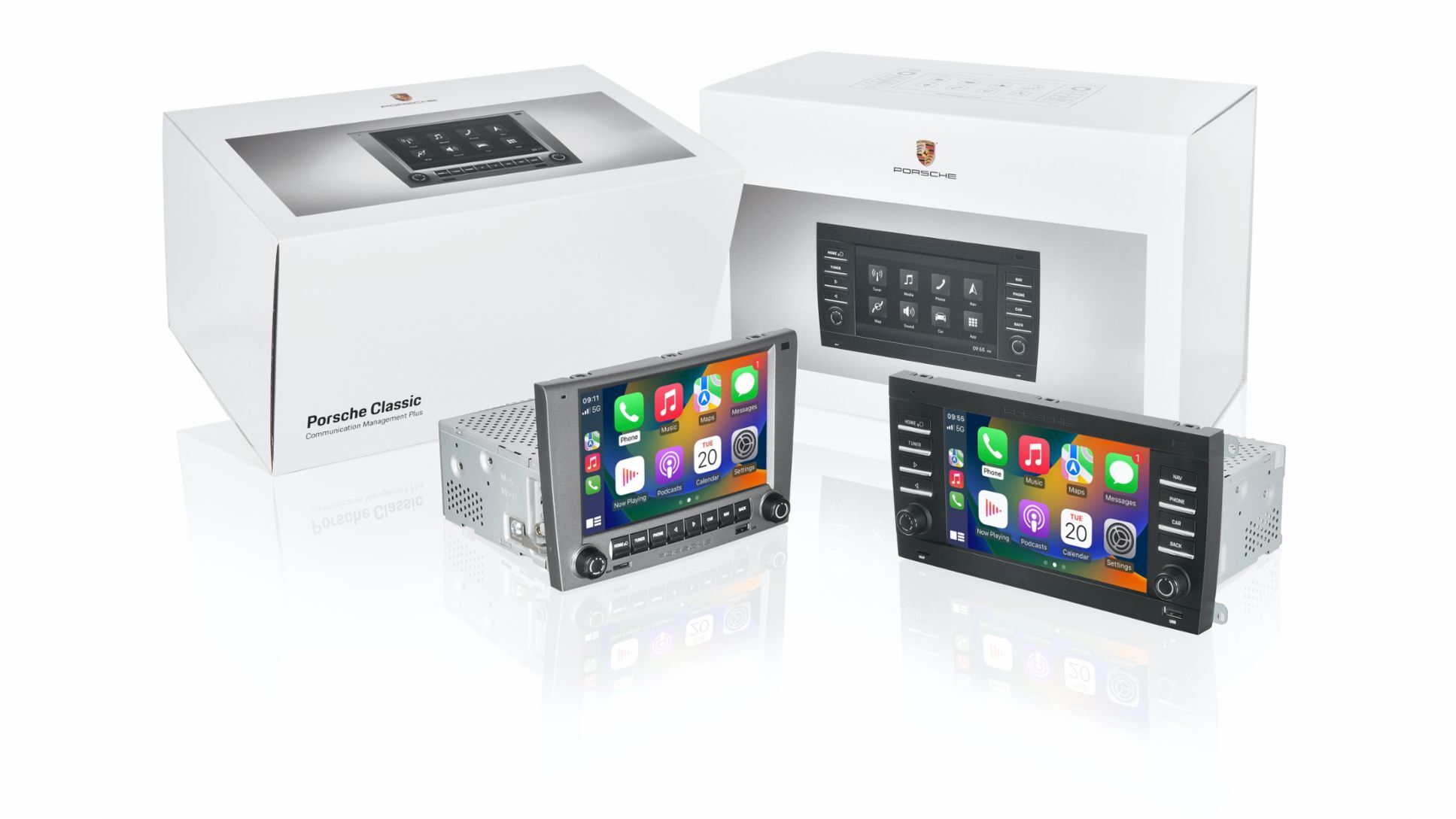
The PCCM system is a retrofitted infotainment solution specially designed for classic Porsche models. It seamlessly integrates with the design and functionality of Porsche vehicles, providing modern connectivity options along with maintaining the classic aesthetic of the car.
The Porsche Classic Communication Management (Porsche Classic CDR) system combines modern technology with the retro charm of vintage Porsches, providing owners with enhanced connectivity, navigation, and entertainment features.
The Porsche Classic CDR system was introduced to cater to the growing demand for integrating modern conveniences into classic cars while preserving their original aesthetics.
Porsche recognized the desire of classic car enthusiasts to enjoy the benefits of contemporary infotainment systems without compromising the authenticity and character of their cherished vehicles. The system incorporates a touchscreen display that seamlessly integrates into the dashboard of compatible Porsche classic cars.
It offers a user-friendly interface and a range of functionalities, including Bluetooth connectivity, hands-free calling, media playback, and satellite navigation. The navigation feature allows drivers to access up-to-date maps and receive real-time traffic information, enhancing their driving experience.
Moreover, the Porsche Classic CDR system is designed to seamlessly integrate with the existing interior of the classic cars, ensuring a cohesive and authentic look.
The interface and graphics are reminiscent of the era when these cars were originally produced, creating a harmonious blend of vintage style and modern technology.
By offering the Porsche Classic CDR system as a retrofit option, Porsche enables classic car owners to enjoy the convenience and connectivity features found in contemporary vehicles while preserving the nostalgic appeal and originality of their beloved Porsches.
Key Features Of The Porsche Classic Communication Management System
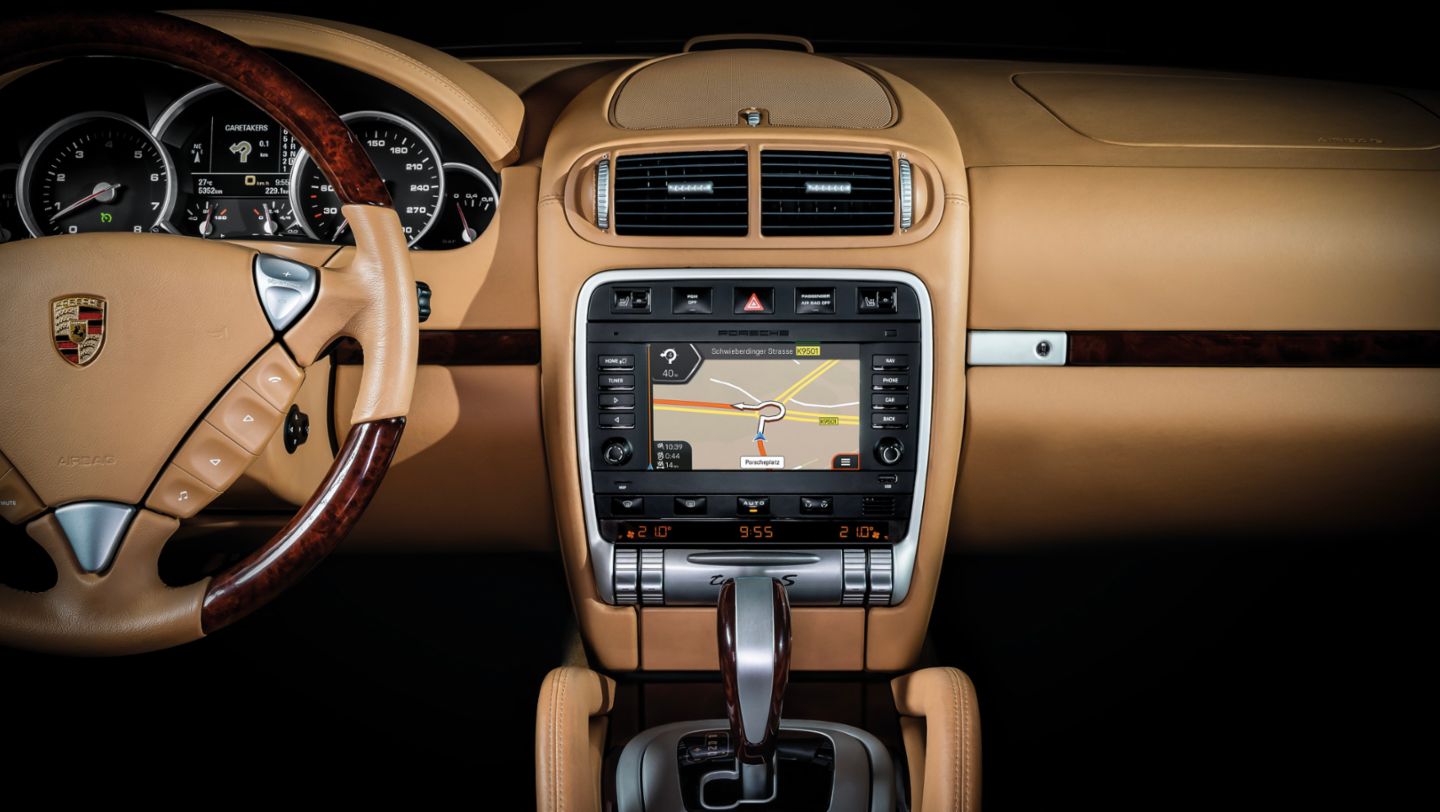
1. Navigation:
One of the central features of the PCCM system is its advanced navigation capability. It provides real-time traffic updates, point of interest search, and 2D or 3D map views, ensuring you always find the best route to your destination.
The Porsche Classic CDR’s navigation feature provides drivers of compatible Porsche classic cars with an intuitive and user-friendly way to navigate and reach their desired destinations. The navigation functionality operates using GPS (Global Positioning System) technology. Here's a general overview of how it works:
- User Interface: The system features a touchscreen display integrated into the dashboard of the car. The user interacts with the navigation feature through this interface, inputting destinations, adjusting settings, and viewing maps and directions.
- Destination Input: Drivers can input their desired destination using various methods. This can include manually entering the address, selecting points of interest (POIs) from a database, or choosing from previously saved destinations. The system may also support voice commands for inputting destinations, depending on the specific model and software version.
- Route Calculation: Once the destination is entered, the system calculates the optimal route based on the GPS coordinates, road network data, and any user preferences or settings. It takes into account factors such as the fastest or shortest route, real-time traffic information (if available), and any specified avoidance options (e.g., toll roads or highways).
- Guidance and Visual Display: The navigation system provides turn-by-turn guidance to the destination. It displays the route on the touchscreen display, showing the current position of the vehicle, upcoming maneuvers, and highlighted roads. The display may include additional information such as estimated time of arrival, distance to the next turn, and current speed.
- Voice Guidance: The Porsche Classic CDR system may offer voice-guided instructions to assist the driver. Voice prompts provide spoken directions, informing the driver well in advance of upcoming turns or maneuvers. This helps drivers keep their focus on the road while still receiving navigation instructions.
- Real-Time Traffic Information: Depending on the specific capabilities and available subscriptions, the navigation feature may incorporate real-time traffic information. This allows the system to provide alternative routes or suggest detours to avoid traffic congestion or road incidents.
Overall, the PCCM system’s navigation feature provides reliable and convenient guidance to classic Porsche drivers by combining modern GPS technology with a user-friendly interface, integrating seamlessly into the older car's interior.
2. Apple CarPlay And Android Auto:
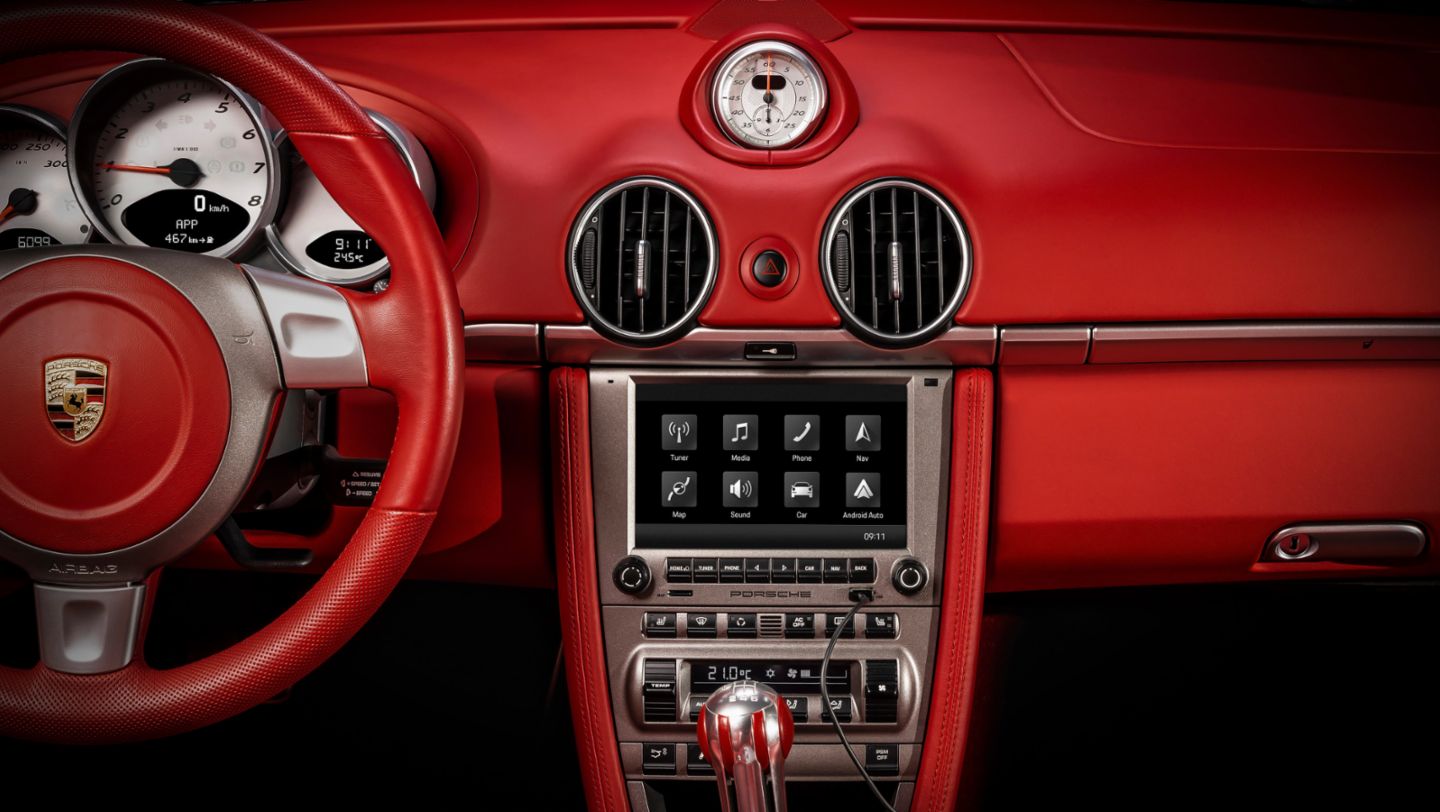
The PCCM system supports both Apple CarPlay and Android Auto, facilitating seamless integration with your smartphone. You can access your favorite apps for music, navigation, and messaging directly from the display.
3. Bluetooth Connectivity:
The provision of Bluetooth Connectivity gives drivers the option to make hands-free calls and stream music from a mobile device, ensuring a safer and enjoyable drive.
4. DAB+ Radio:
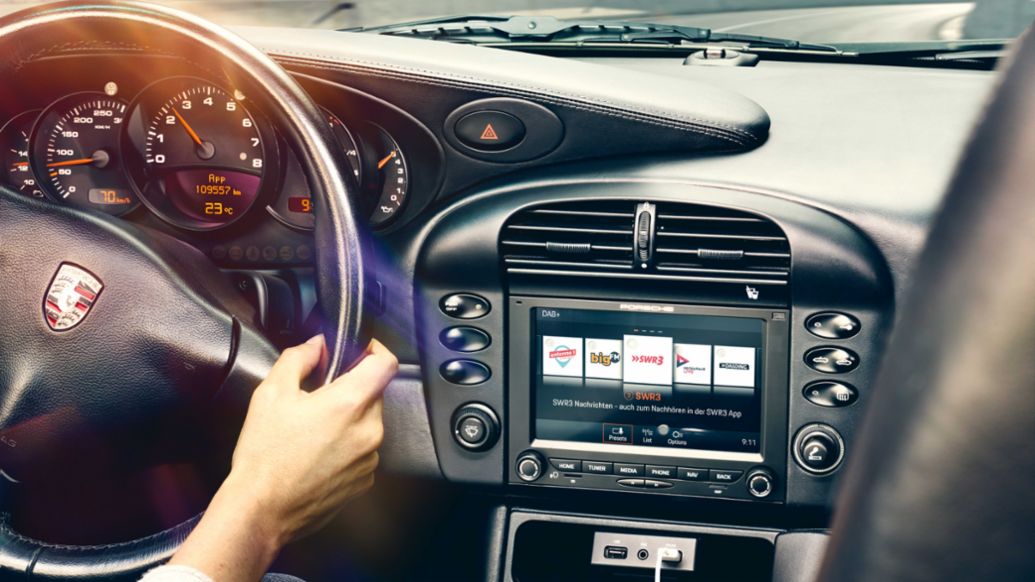
The PCCM system also features a DAB+ radio, which offers crisp digital radio reception and a variety of channels to choose from.
5. SD Card & USB Ports:
These permit plug-and-play functionality, providing flexibility in choosing your entertainment sources.
6. Touchscreen Display:
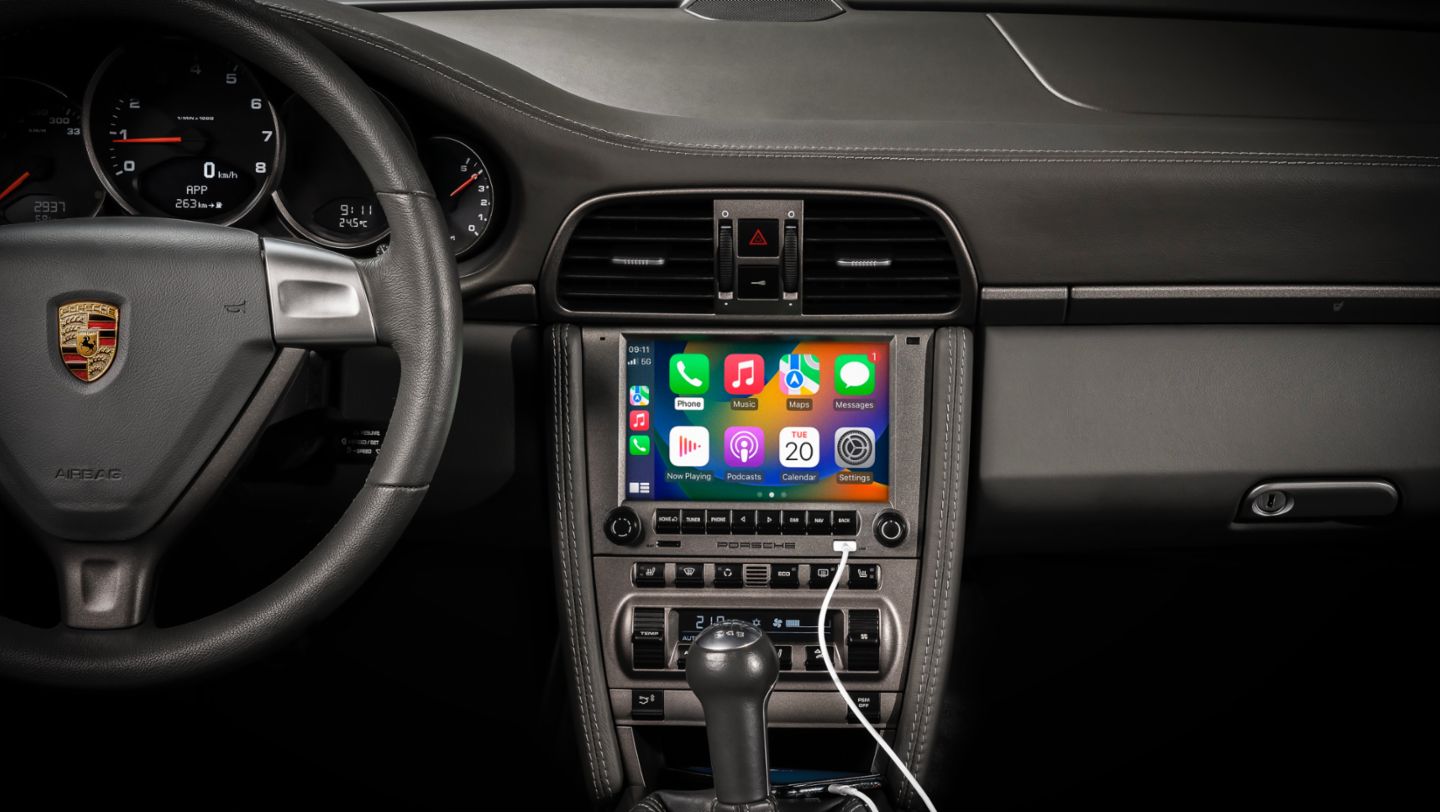
The PCCM system has a high-resolution touchscreen display that enhances the simplicity of navigating through the various functions. The screen serves as the primary interface for interacting with the system's various functions and features. Here's an overview of how the PCCM’s touchscreen display works:
- Touch Interaction: The display responds to touch input, allowing users to interact with the system using their fingers. You can tap on icons, buttons, or menu options displayed on the screen to select or activate them.
- User Interface: The touchscreen display presents a user-friendly interface that organizes the system's features into intuitive menus, icons, and screens. The layout may vary depending on the specific version and model of the Porsche Classic CDR system. Typically, you'll find a home screen that provides access to different functions such as audio, navigation, phone connectivity, and settings.
- Navigation and Selection: To navigate through different menus or options, you can swipe your finger across the screen. This gesture allows you to scroll through lists, browse different screens, or access additional options hidden off-screen. Swiping gestures are commonly used for browsing media libraries, adjusting settings, or exploring map views in the navigation feature.
- Icon and Button Selection: The touchscreen display displays icons and buttons representing various functions and features. By tapping on these icons or buttons, you can activate or access the corresponding functionality. For example, tapping an audio icon may bring up media playback controls, while tapping a phone icon may open the phone interface.
- Keyboard Input: The touchscreen display may also include a virtual keyboard for text input. When required, such as when entering addresses for navigation or typing in search queries, the keyboard can be summoned on the screen. Users can then tap on the virtual keys to input text or use swipe gestures to type quickly.
- Multi-Touch Support: The touchscreen display of the Porsche Classic CDR system may support multi-touch input, allowing for simultaneous touch interactions with multiple fingers. This feature can be useful for pinch-to-zoom gestures on maps or images, as well as other multi-finger gestures supported by specific applications or features.
- Visual Feedback: When interacting with the touchscreen display, the system typically provides visual feedback to confirm actions or inputs. This feedback can include highlighting the selected item, displaying pop-up menus or dialogs, or animating transitions between screens.
It's important to note that the specific capabilities and functionalities of the touchscreen display may vary depending on the model, software version, and any additional features or subscriptions associated with the Porsche Classic CDR system.
Related Reading: The 2024 Mercedes-Benz E-Class Will Debut The Latest Third-Gen MBUX 3.0 Infotainment System
How to Use The Porsche Classic Communication Management System
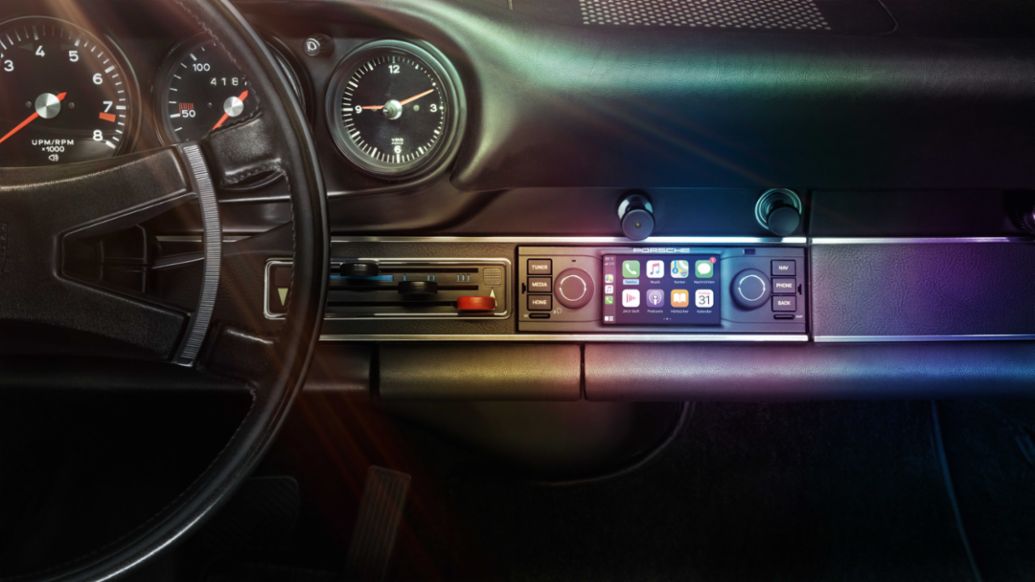
Navigating through the PCCM system is straightforward. The user-friendly interface is designed for ease of use. Here's a step-by-step guide:
1. Starting the System: After starting your Porsche, the PCCM system activates automatically. The home screen presents you with different options, including navigation, media, phone, and settings.
2. Navigation: To use the navigation feature, tap on the 'Navigation' icon and enter your destination. The system will calculate the quickest route, taking into consideration real-time traffic updates.
3. Connecting Your Smartphone: To connect your smartphone, ensure that Bluetooth is activated on both your phone and the PCCM system.
Select 'Phone' on the home screen, then 'Search for Bluetooth devices'. Select your device from the list and confirm the pairing on both devices. Once paired, you can access your phone's functionalities directly on the display.
4. Media Playback: For media playback, you can either connect your device via Bluetooth or use an SD card or a USB device.
Select 'Media' from the home screen and choose your source. If using Apple CarPlay or Android Auto, connect your device via the USB port and follow the prompts on your phone and the PCCM system.
5. Settings: The Porsche Classic Communication Management (Porsche Classic CDR) system offers various settings and customization options to tailor the infotainment experience to the driver's preferences.
By selecting the “Settings” icon from the home screen you can adjust the sound settings, display brightness, Bluetooth settings, and more. Here's a general guide on how to use the settings to customize the system:
- Accessing the Settings: On the Porsche Classic CDR system's touchscreen display, there is typically a "Settings" or "Setup" icon that you can tap to access the customization options. It may be represented by a gear or wrench symbol.
- Display and Visual Settings: Within the settings menu, you can usually find options to adjust the display settings. This can include brightness, contrast, and color settings to optimize the screen for your viewing preferences. You may also have the ability to choose different themes or color schemes to customize the visual appearance of the interface.
- Sound and Audio Settings: The Porsche Classic CDR system may provide options to adjust sound and audio settings. This can include adjusting the volume levels for various audio sources, such as media playback, navigation prompts, and phone calls. Additionally, you might have access to equalizer settings to fine-tune the audio output to your liking.
- Language and Region Settings: If you prefer a language other than the default, the settings menu typically includes language options. You can select your preferred language to change the system's interface and prompts accordingly. Similarly, you may find region-specific settings, such as date and time formats, units of measurement (metric or imperial), and AM/FM frequency settings.
- Connectivity Settings: The Porsche Classic CDR system may integrate with Bluetooth technology, allowing you to connect your smartphone for hands-free calling, media streaming, or accessing certain features. In the settings menu, you can typically find options to manage these connections, pair new devices, or adjust Bluetooth settings.
- Navigation Settings: If the system includes a navigation feature, the settings menu usually provides options to personalize the navigation experience. This can involve settings like map display preferences, route calculation preferences (e.g., fastest or shortest route), and avoidance options (e.g., toll roads or highways). You may also find options to enable or disable real-time traffic information or adjust voice guidance settings.
- System Updates: To ensure optimal performance and access to the latest features, the settings menu might include an option to check for system updates. This allows you to download and install software updates provided by Porsche, keeping your system up to date.
Again, the specific customization options and settings may vary depending on the Porsche Classic CDR model, software version, and any additional features or subscriptions.
We recommend referring to the system's user manual or consulting Porsche's official documentation for detailed instructions specific to your particular system.
Classic Porsche Models Running The PCCM System
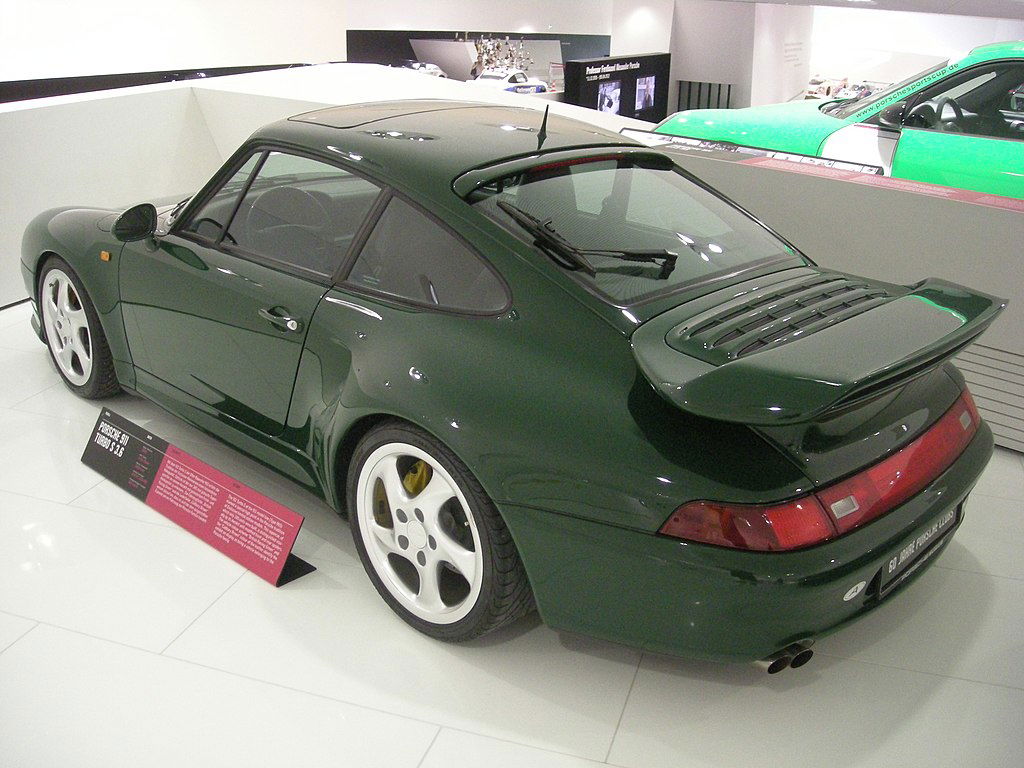
According to Porsche AG, the PCCM and PCCM Plus are compatible with all classic Porsche cars with a DIN-1 or DIN-2 slot. The system can run on all 911 models from the F model up to the type 993. Here is a list of some Porsche classic cars compatible with the Porsche Classic CDR system:
1. 1965-1998 Porsche 911:
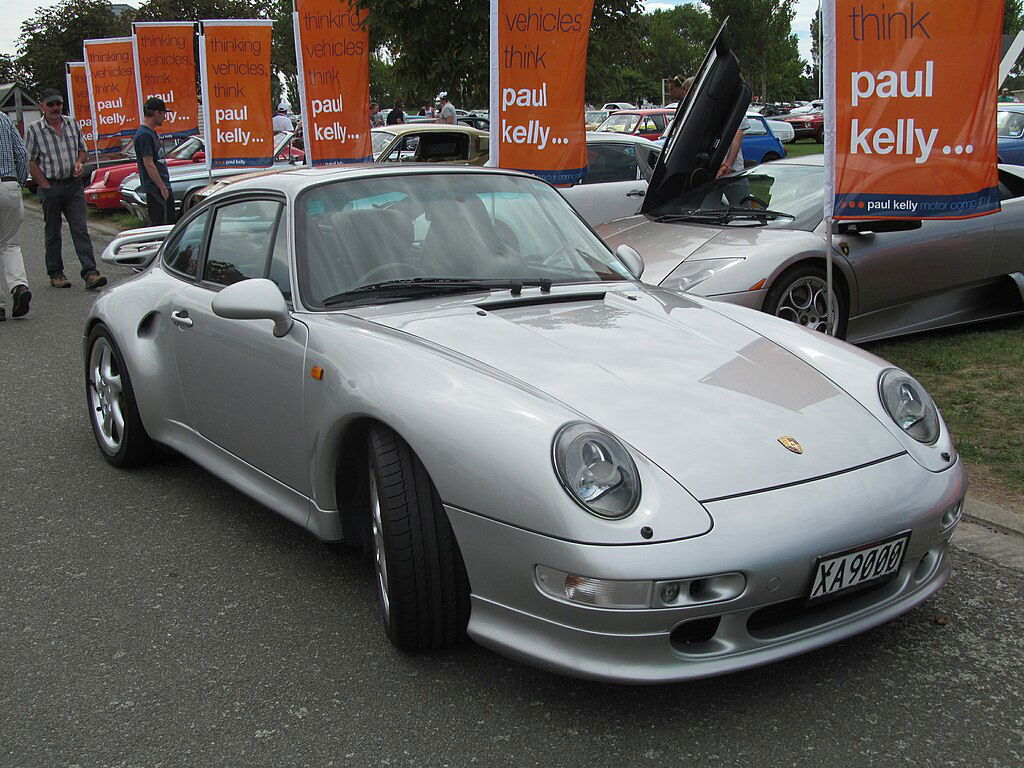
The Porsche 911 is an iconic sports car known for its distinctive design and rear-engine layout. It offers a thrilling driving experience, with powerful engines, precise handling, and excellent performance. The 911 has evolved over the years with various generations and models, but it has always maintained its reputation as a high-performance sports car.
2. 1965-1969 Porsche 912:

The Porsche 912 is the 911’s predecessor and shares a similar design. Produced in the late 1960s, Porsche developed it as a more affordable alternative to the 911. The 912 featured a flat-four engine and offered a balance of performance and economy.
3. 1969-1976 Porsche 914:
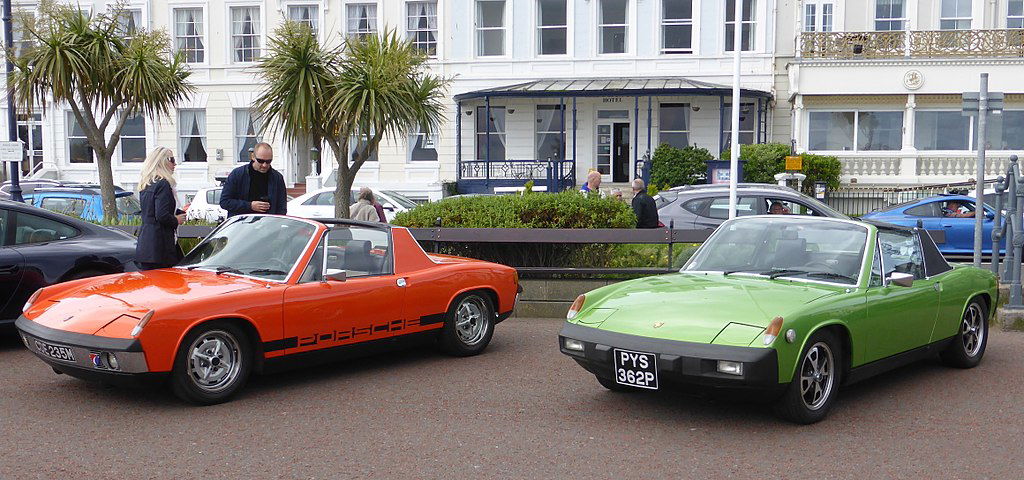
The Porsche 914 is a mid-engine sports car produced in collaboration with Volkswagen. It was available with various engine options, including four-cylinder engines and a six-cylinder engine in the high-performance 914/6 model. The 914 is known for its lightweight construction, nimble handling, and removable targa top.
4. 1976-1988 Porsche 924:
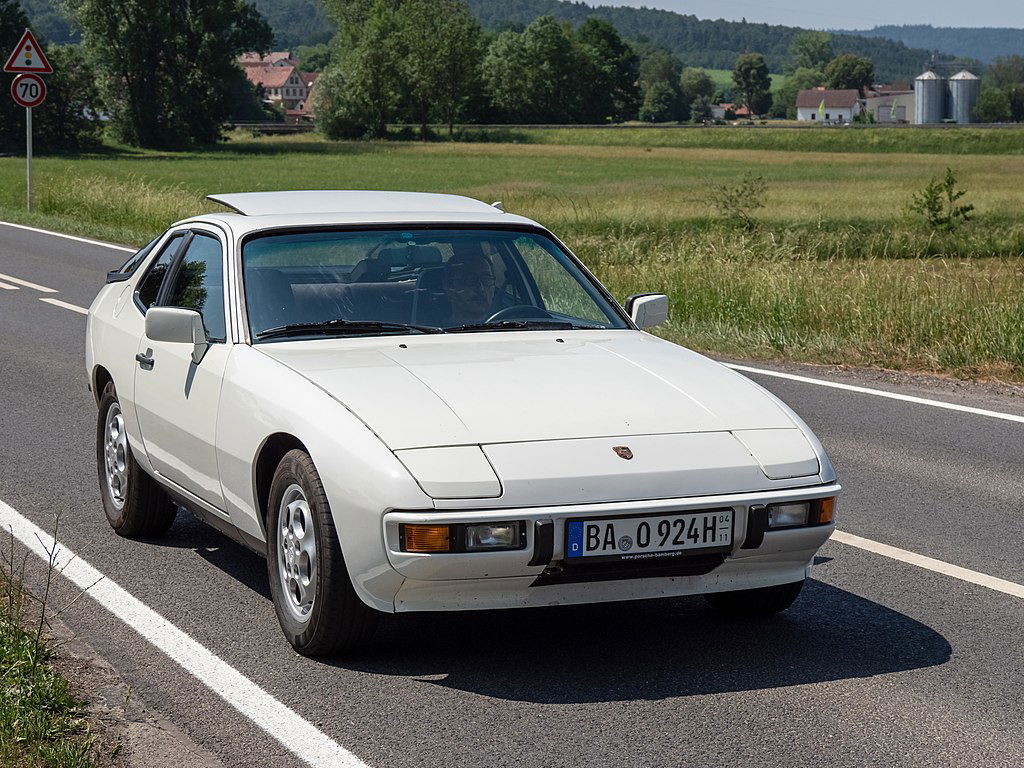
The Porsche 924 is a front-engine, rear-wheel-drive sports car. It was the first Porsche to feature a water-cooled engine and was designed to be an entry-level model. The 924 offered a comfortable ride, balanced handling, and a sleek, aerodynamic design.
5. 1977-1995: Porsche 928:
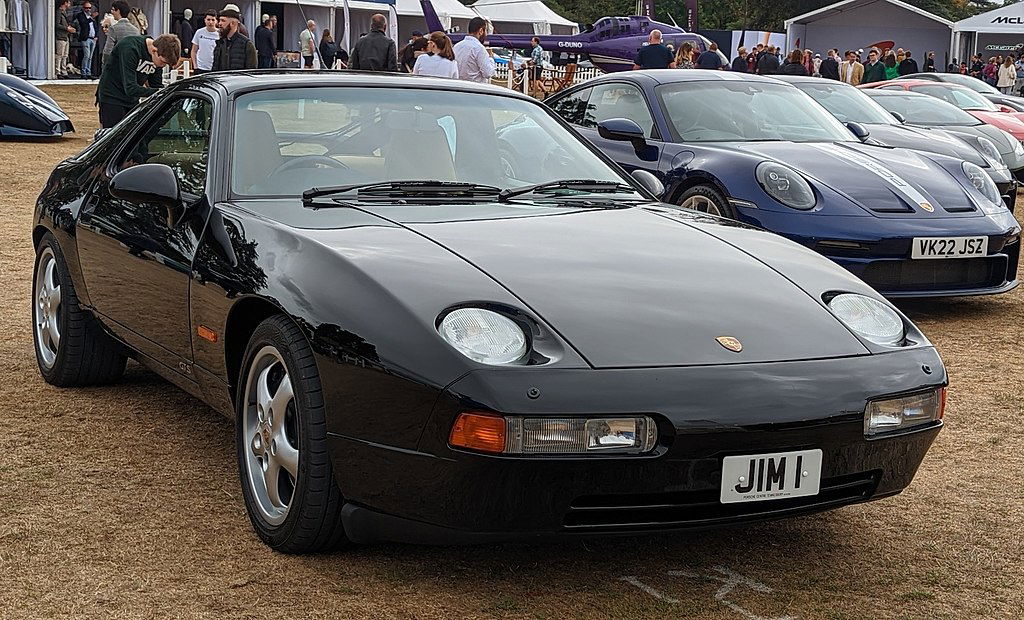
The Porsche 928 is a grand tourer known for its luxurious features and powerful V8 engine. It features a front-engine, rear-wheel-drive layout and offers a comfortable and refined driving experience. The 928 was designed for long-distance cruising supported by a spacious interior and advanced technology.
6. 1982-1991 Porsche 944:
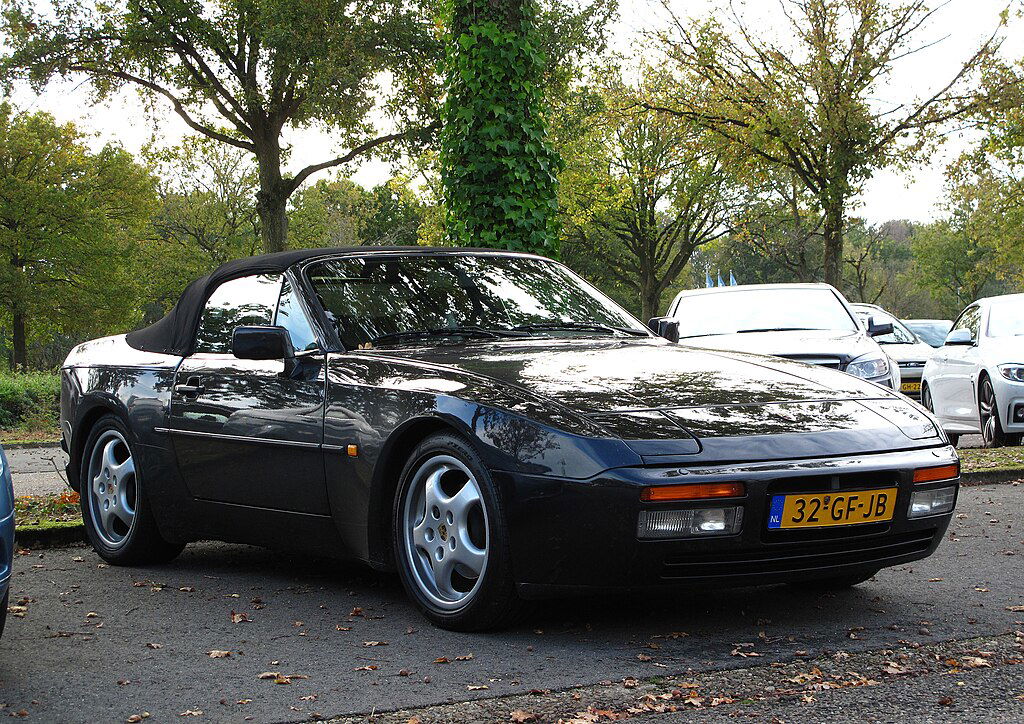
The Porsche 944 is a front-engine sports car that succeeded the 924. It featured a more powerful engine, improved handling, and an updated design. The 944 offered a balance between performance and comfort, making it popular for enthusiastic and daily driving.
7. 1989-1994 Porsche 964:
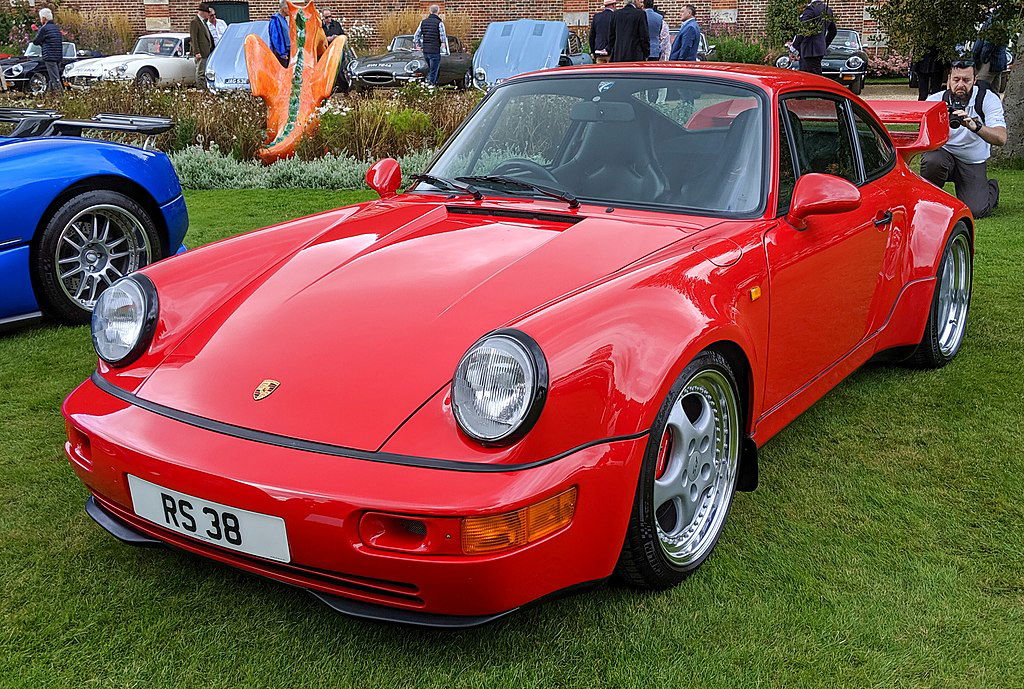
The Porsche 964 is a generation of the 911 produced from 1989 to 1994. It retained the classic 911 design but introduced several technological advancements, including power steering, ABS brakes, and an optional all-wheel-drive system. The 964 offered a blend of classic styling and modern features.
8. 1992-1995 Porsche 968:
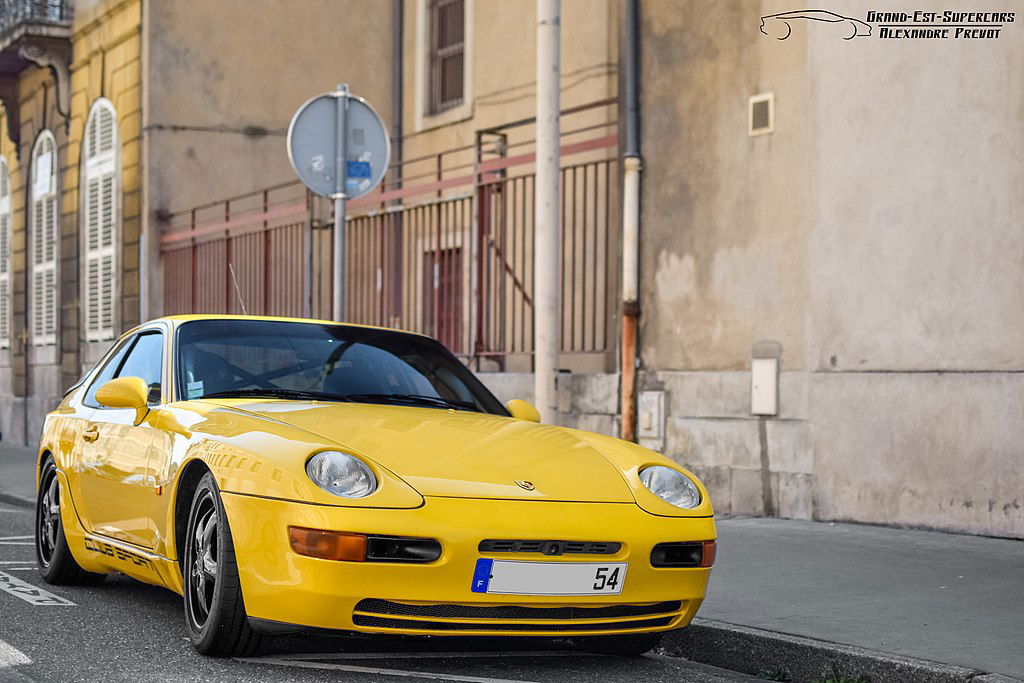
The Porsche 968 is a successor to the 944 and was produced from 1992 to 1995. It featured an updated design and a more powerful engine to deliver an improved performance. The 968 was available as both a coupe and a convertible that combined sportiness with open-top driving pleasure.
9. 1993-1998 Porsche 993:
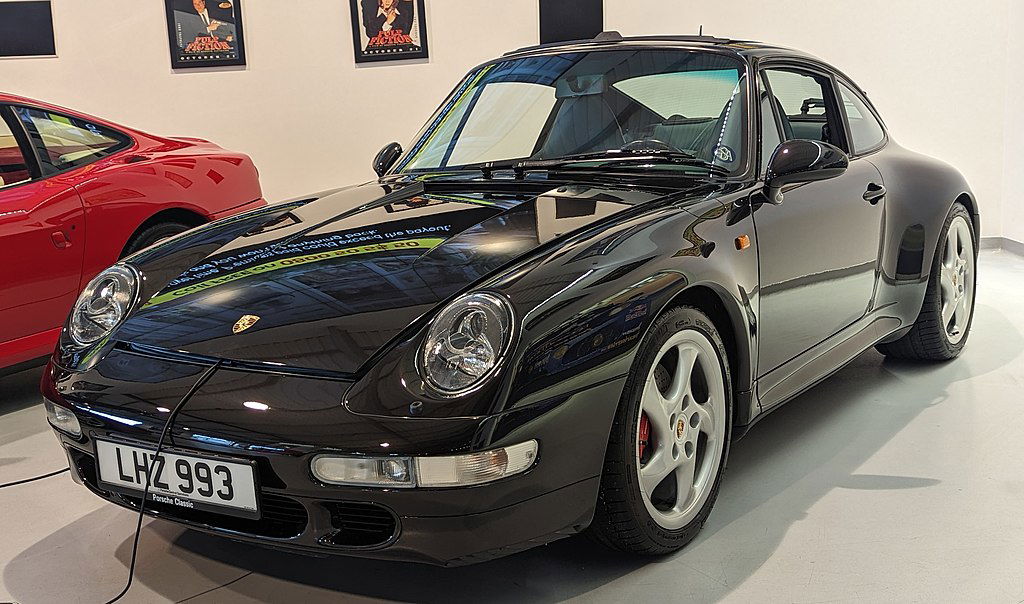
The Porsche 993 is the last generation of the air-cooled 911 series, produced from 1993 to 1998. It featured a more refined design, improved aerodynamics, and enhanced performance compared to its predecessors. The 993 offered a classic driving experience combined with modern technologies.